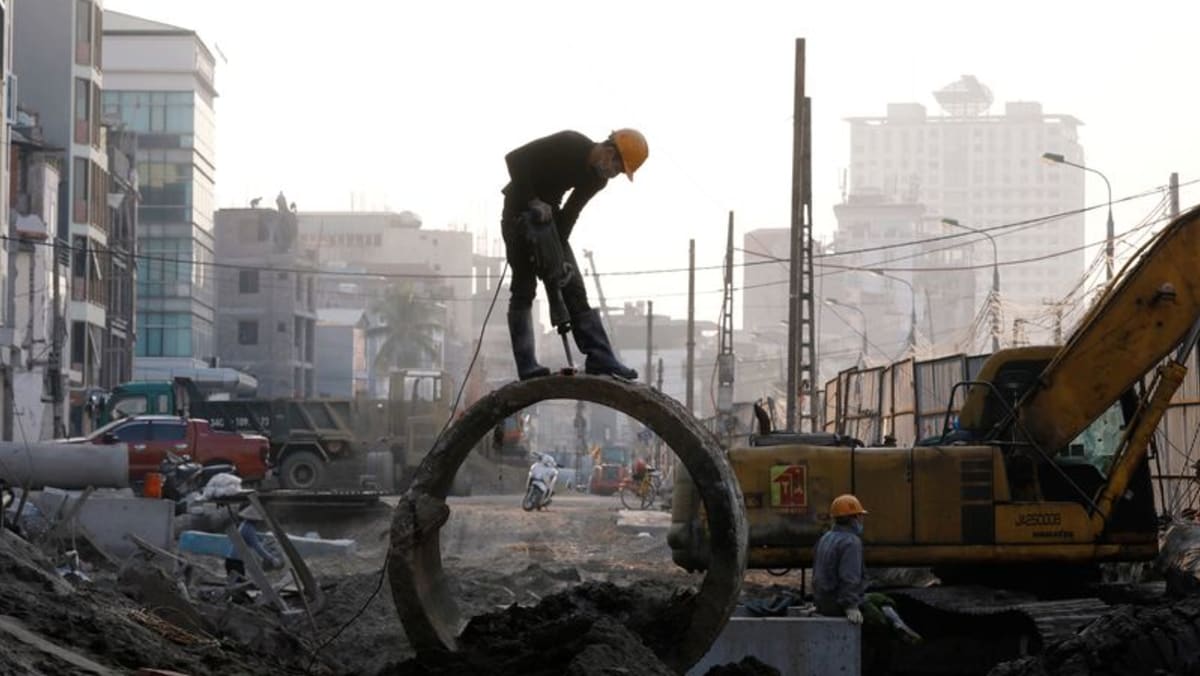Some analysts wonder whether public investment alone can deliver such an ambitious project. These concerns are not unfounded, given administrative paralysis stemming from the intense crackdown on corruption, as well as potential complications from General Secretary To Lam’s plans to merge and eliminate certain state and party agencies.
Vietnam can cite the US$13.38 billion Long Thanh Airport as a success story in its emerging, independent approach to infrastructure. The state-owned Airports Corporation of Vietnam is the principal investor in what will be the country’s largest airport, serving as a regional cargo and passenger hub. The project is on track to be completed nearly a year ahead of schedule.
For the high-speed rail project, the door is ajar for foreign assistance should the need arise, with provisions to prevent ceding too much autonomy in place. Under the investment plan, Prime Minister Pham Minh Chinh is responsible for issuing government bonds and mobilising ODA and foreign loans in case of delays.
Any international bids must include commitments to technology transfer and human resource training to ensure operations, maintenance and long-term management of the high-speed rail stay in Vietnamese hands. Hanoi has already asked Japan to provide railway engineering scholarships for Vietnamese citizens.
TOWARDS ECONOMIC INDEPENDENCE
It is too early to determine the government’s approach. Will it rely solely on domestic sourcing, or will it adopt a hybrid strategy combining domestic and foreign sources? Regardless, the safeguards suggest an intent to shield the project from outside interference and prioritise domestic investors and companies.
The Vietnamese Communist Party identifies infrastructure projects as a springboard to become a high-income nation by 2045. Vietnam spends roughly 6 per cent of GDP – the highest in Southeast Asia – on infrastructure development, including the ambitious upgrading of its 1,290 km of national highway to 5,000 km by 2030.
The benefits of high-speed rail are self-evident. It is expected to add an additional 0.97 per cent of GDP growth and give citizens a clean and efficient means of traversing the country. Vietnam’s approach should ensure that it maintains strategic autonomy over the project.
Vietnam’s experience with the high-speed rail could also increase its influence in facilitating greater regional railway connection between the Greater Mekong Subregion. Regional partners may look to emulate its self-sustainable model.
Vietnam’s high-speed rail project represents more than just infrastructure development – it signals a fundamental shift in the nation’s economic strategy. After three decades of carefully balancing foreign influences, Vietnam is charting a bold new course toward genuine economic independence.
Whether this ambitious self-funding model proves sustainable for a US$67 billion project remains an open question, and success is far from guaranteed.
Yet if Vietnam does succeed, its approach could reshape how developing nations approach major infrastructure projects, demonstrating a new path to strategic autonomy that sidesteps the traditional constraints of foreign funding.
Nicholas Chapman is a Researcher at Tohoku University, Japan. This commentary first appeared on East Asia Forum.
